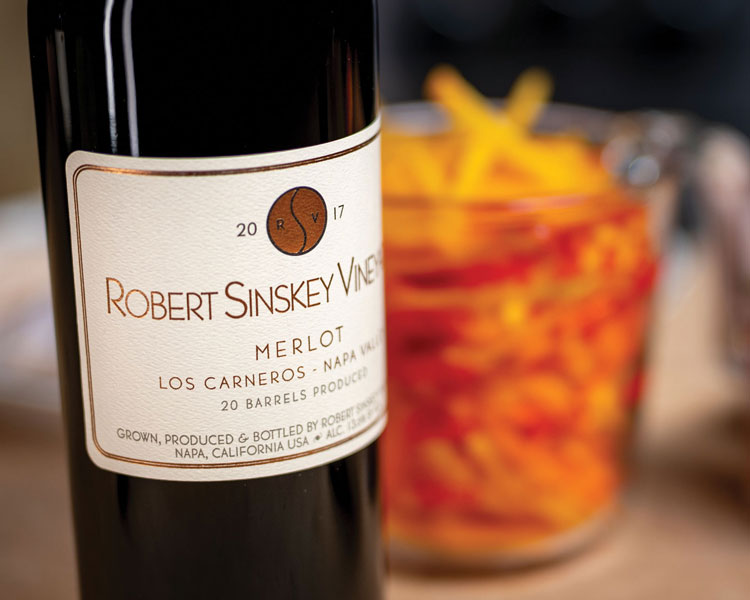Merlot Salvation
Cool (climate) Merlot!
Merlot was our salvation. Merlot almost destroyed us. Both of these statements are true. However, this is more of a story of how fashion impacts winegrowing than anything.
Merlot was a relatively obscure grape when I entered the wine world in the 80’s. Our goal was to grow Pinot Noir but we saw opportunity with Merlot. Very little was known about the grape (most people pronounced it mare-lät) and very little was planted. Other than a few boutique brands, you rarely saw Merlot on a label. In 1980, there were around 700 acres of Merlot in Napa. For comparison, there were around 2300 acres of Pinot Noir – a number that hasn’t changed much to this day. Napa Merlot peaked around 2001 with around 7500 acres and today we have around 4600 acres left. Merlot rocketed to success and then fell from grace…and we were caught in the middle of the vortex.
We were first and foremost Pinot Noir producers, but we had a problem: Pinot Noir wasn’t popular when we started. We needed to hedge our bets, so in addition to Pinot Noir, we planted Chardonnay because it was popular and Merlot because we felt it was underplanted and was about to be “discovered.” It caught us by surprise when Merlot took off so quickly. As sommelier/author Kelli White wrote in the GuildSomm blog about California Merlot: “The Merlot phenomenon seemed to sneak up on California during the 1980s, with total acreage hovering between 2,000 and 4,000 for much of the decade. By 1991, however, that figure doubled to over 8,000 and would reach nearly 50,000 acres (California total) by 2000.” Today the total acreage is around 38,500.
We, as a new struggling winery, could not ignore the success we were having with Merlot before Pinot Noir became popular. It wasn’t just financial success; we discovered our cool Carneros vineyards were ideal for the early ripening Merlot grape and the attention to detail we learned from working with Pinot Noir paid off in Merlot that was more elegant and vibrant than most. But the big companies saw opportunity in anything labeled Merlot and soon the plantings skyrocketed and the overall quality in the market took a nose-dive. Merlot went from being the default red wine of choice in the nineties to being the butt of a joke sometime in the aughts. Overnight, Merlot was out of fashion as sales dropped by 50% and almost no one wanted to taste a wine labelled Merlot, let alone buy a bottle. It is easy to blame the movie “Sideways” for the popularity shift, but the movie just made public what we had all been saying for years – Merlot was being planted in the wrong areas, it was overproduced and haphazardly made with the emphasis on technique over growing region.
The downfall of Merlot was a financial hit that almost tipped the scales against us as a grower winery – it is hard to pivot when fashions change and your product is coming from vines that hopefully will produce grapes for 30+ years. So we went underground and continued to make better wine based on Merlot. We put more emphasis on blends, we listened to our vineyards and pulled vineyard blocks that did not express Merlot to its fullest… and we waited for the fashionistas to make the unhip hip again. That is beginning to happen. More sommeliers are requesting Merlot and we grow and make one that satisfies the palates of the food-centric consumer as well as the chefs and sommeliers of the world.
We make wines we like to drink. We think that if you grow the right grapes in a location where the sugars evolve with the physiological ripeness of the grapes, you have the opportunity to make delicious wines… because a delicious, well grown and crafted wine is a delicious wine no matter what you call it.
Rob Sinskey




